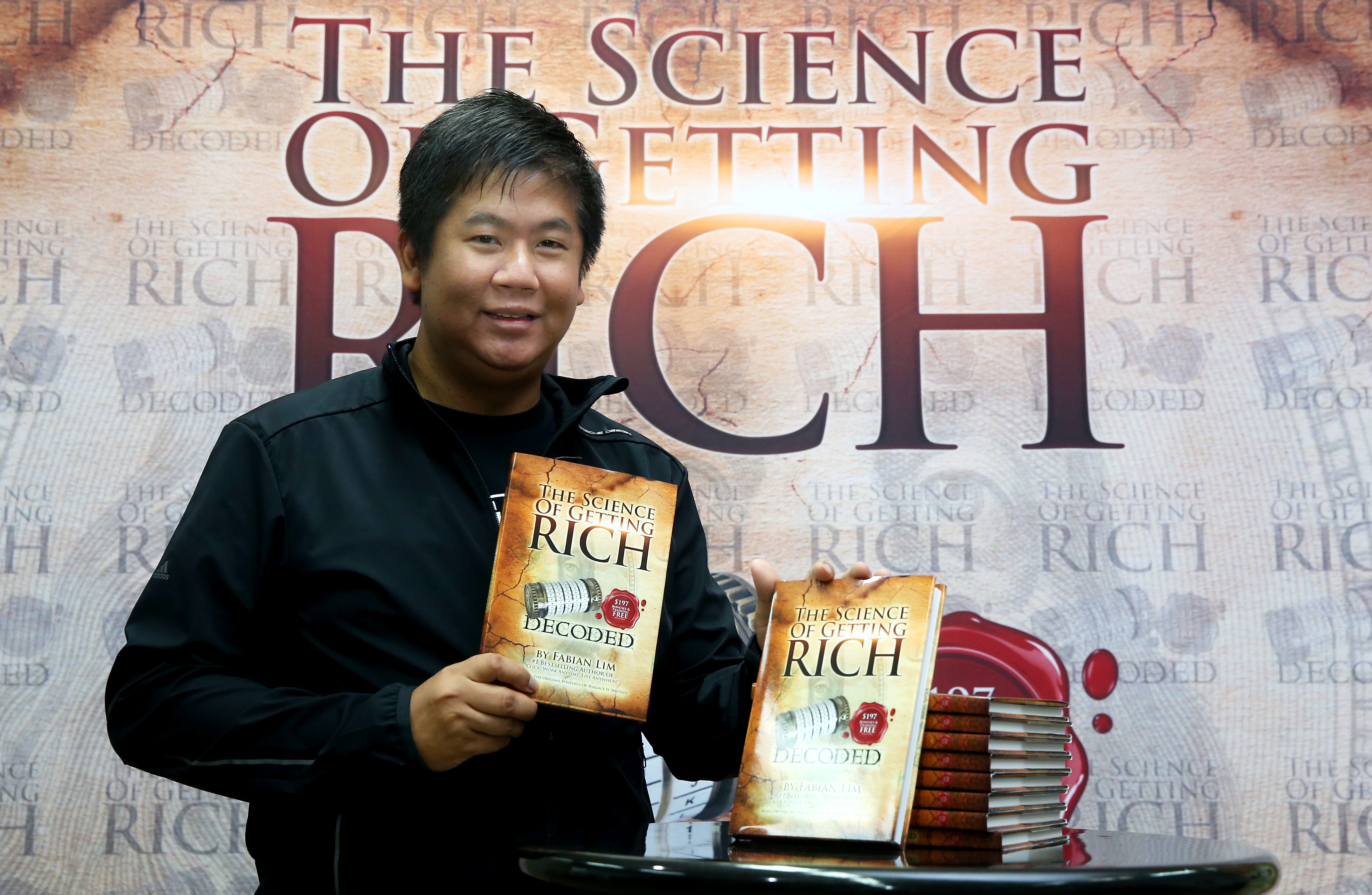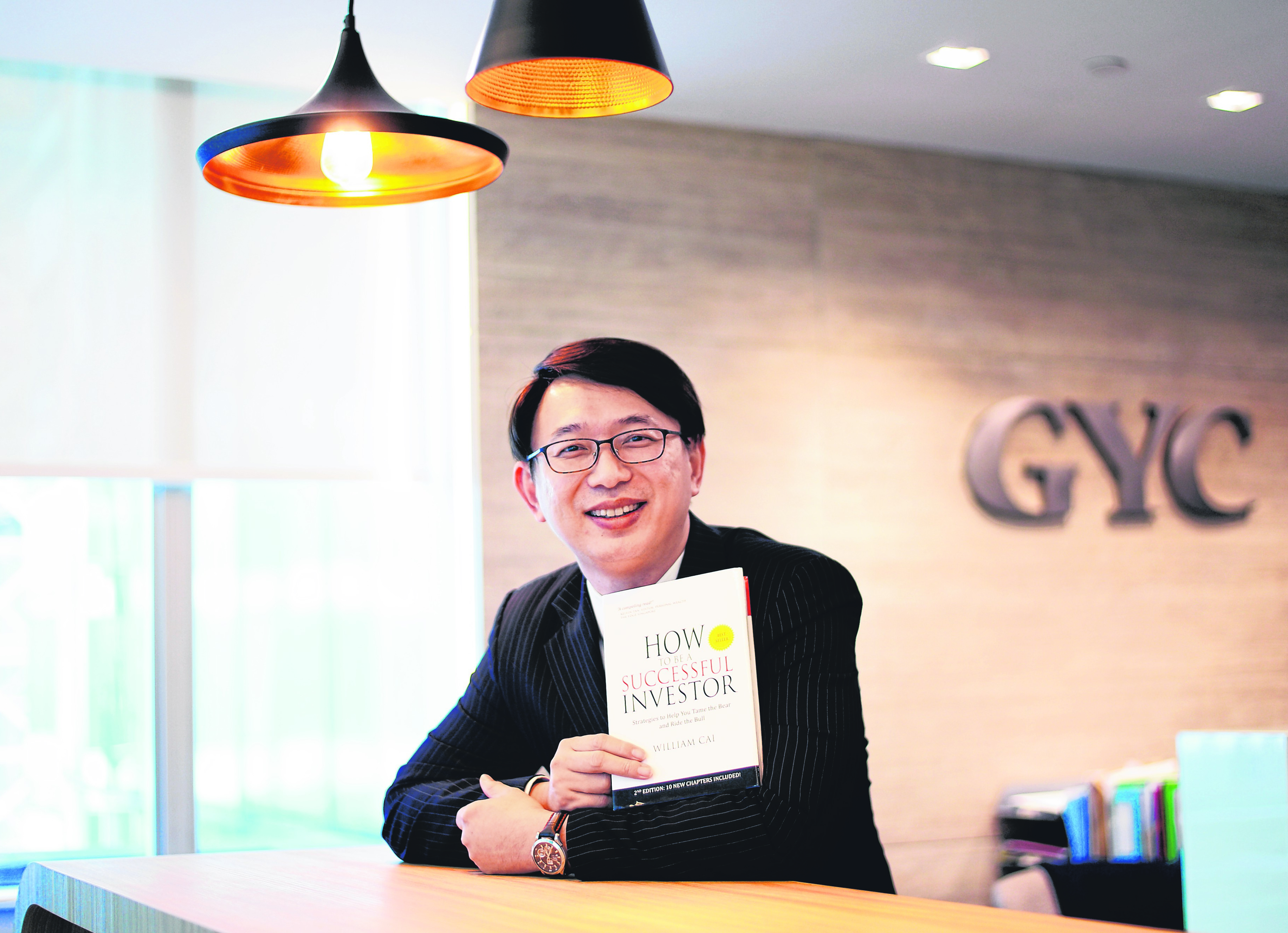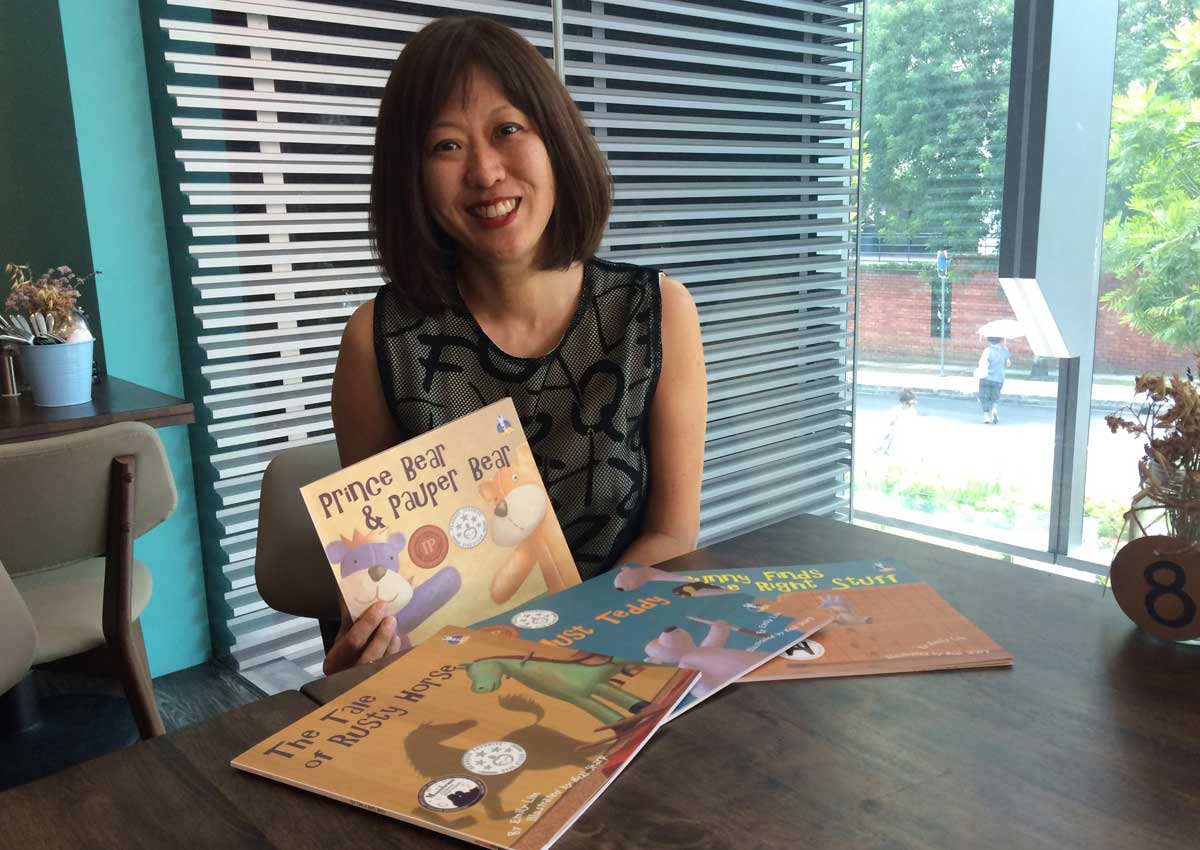Why stop at writing when you can be your own publisher?
That’s what more people here are doing.
Ms Pearlin Siow, 40, founder of Boss Of Me, a company that helps authors publish their work, has seen a rise of up to 80 per cent in the number of people who self-publish compared to when the company started five years ago.
Owners of self-publishing companies attribute the rise to a more educated population, the ease of self-publishing, lower cost, more control over the book and better profits for authors.
Mr Patrick Chan, executive director secretariat of the Singapore Book Publishers Association (SBPA), says: “As Singaporeans are now better educated and more confident, they would like to… share their knowledge and creativity.”
Digital print technology saves cost too.
Mr Goh Kheng Chuan, 47, owner of Rank Books, says: “Our minimum print run now is 50 copies. In the past, you needed to print at least 500 or 1,000 (copies).
“Most people don’t need so many books anyway. So this means you do not have to fork out a huge investment to (get) published.”
Previously, a minimum run of 500 books would cost at least $3,000 to print, says Mr Goh.
Now, a minimum run of 50 costs just $1,288 , making it easier on the wallet for self-publishing authors.
As a result, he says more people are jumping on the bandwagon – teenagers, tutors, fresh grads, retirees and trainers.
Rank Books started as a publishing company in 1972 but has transitioned into a company that provides self-publishing services.
Mr Goh says: “A lot of authors come to us… But their books may not have commercial value and they just want to put a book together to sell to their friends and family.”
MORE CONTROL
Famous self-published authors include English writer E. L. James, who wrote the best-selling Fifty Shades Of Grey trilogy, and US neuroscientist Lisa Genova, the author behind Still Alice.
Self-publishing allows authors to have more say in how their books turn out – such as the design, printing, marketing and distribution.
Ms Siow says: “Many of my clients sell their books through their (own) networks. Many also give their books away for free or use them as an incentive for their seminars and talks.”
Unlike in the past, authors are no longer at the mercy of publishers, she says, thanks to “the advent of social media and various publishing tools, and websites like Kickstarter.”
Mr Chan adds: “Publishing companies typically offer a 10 to 12 per cent royalty while self-published authors keep all the proceeds.”
Ms Siow works with top book distributors here and links clients to them.
She says: “Book distributors typically take 60 to 70 per cent of book sales whereas a publisher takes 90 per cent.
“You can also schlep your books to indie bookstores like Books Actually and Cat Socrates and negotiate a commission with them, or sell your books online.”
Ms Susan Long, general manager of Straits Times Press, says self-publishing is a positive trend and is good for self-expression, the publishing industry and for Singapore.
She says the company is always on the lookout for good works – self-published or unpublished. It has just published a previously self-published work, The Malaysia That Could Be, by Kalimullah Hassan, which is now out in the bookstores.
She says: “The author had done a very small, sold-out print run in Malaysia.”
“Some authors are known, but the books they self-publish could be very niche in audience and topic, such that traditional/mainstream publishers would not pick them up.”
Her books give her a voice
Children here adore her books but few know her story.
Her first book, Prince Bear & Pauper Bear, is about a teddy bear who cannot speak as his toymaker forgot to sew a mouth on him.
What many don’t know is that the book is really about its writer, Ms Emily Lim, 45.
In 1999, Ms Lim developed spasmodic dysphonia, a rare voice disorder that left her unable to speak. She has since recovered.
She says: “It was only after I had finished writing (the book) that I realised I had written my own story. It was very subconscious. I didn’t see it until it was completed.”
That book launched a successful career – her writings have been commissioned by both private and government agencies.
Ms Lim has written about 30 children’s books in about 10 years. Her books, which include The Tale Of Rusty Horse, Just Teddy and Bunny Finds The Right Stuff, have sold about 45,000 copies so far.
She is also the first person outside North America to win three Independent Publisher Book (IPPY) Awards – a book competition that sees the largest number of entries from around the world – in the children’s picture book category.
Ms Lim’s foray into self-publishing started after she won a writing competition, First-Time Writers and Illustrator’s Publishing Initiative, in 2007.
With the $8,000 grant she won, she published her winning manuscript, Prince Bear & Pauper Bear.
She then went on to self-publish another three more books using her own money and another grant.
The former business development executive says: “I wasn’t working at the time, so I thought I might as well do it myself.
“I spent some time researching, attended writing conferences, and spoke to publishers and printers.”
TEAM
She cobbled together a project team comprising an illustrator, graphic designer, printer and distributor to get her book published.
Ms Lim also did her own marketing and would push trolleys of books to schools.
Her books are now published overseas, in countries such as China, South Korea, Malaysia and Indonesia.
Her five-year-old son, Caleb, inspired her second series of books, the Tibby series.
The third book in the series, Tibby And Scaredy Snout, will be out in bookstores next month.
However, making a living by self-publishing your own books is not easy.
Ms Lim says she doesn’t earn much from her own books – it costs her about $10,000 to $12,000 on average and 6 months to publish one book, which retails for around $15.
“I do it because I’m passionate about it. It is not a money-making thing. It won’t make us rich.” she says, adding that she earns more from clients who commission her work.
Writing is successful businessman’s hobby
About 15 years ago, Mr Fabian Lim lost his job as a management consultant.
He says: “This incident made me rethink. Rather than working for someone else and making someone else rich, why not put effort on myself and live a lifestyle that I want and no one can fire me any more?”
He’s now a successful entrepreneur with multiple businesses under his belt and owns a six-seater private jet.

Mr Lim, 45, is the founder of PageAdvisor.com, an online marketplace for home and lifestyle services. He also conducts training courses on digital marketing.
He is also a self-published author. He published his first book – Click! Work Anytime, Live Anywhere – in 2013.
His second book, The Science Of Getting Rich Decoded, is out this month.
But he won’t be quitting his day job.
He says: “The amount of royalties is insignificant compared to the amount of effort it takes. It is not my main income anyway.”
Publishing delays? Just do it yourself
When he was 19, he was a singer – as one part of duo Phil & Wil.
Now, he advises and manages the wealth portfolio of high net worth individuals.
Mr William Cai, 44, published the first edition of his book, How To Be A Successful Investor, in 2009. It sold 5,000 copies.

He refreshed the manuscript, added new chapters and self-published the second edition in June this year.
The vice-president of GYC Financial Advisory says: “I want to share what I know with as many people as possible… and (advise them on) how to better take care of their finances.”
The book covers topics such as the psychology of the market, how to avoid a bear market and how to ride a bull market.
Mr Cai had wanted to release the second edition of his book earlier – in 2014 – but there were delays, so he decided to self-publish instead.
tnp@sph.com.sg

This article was first published on Oct 30, 2016.
Get The New Paper for more stories.






